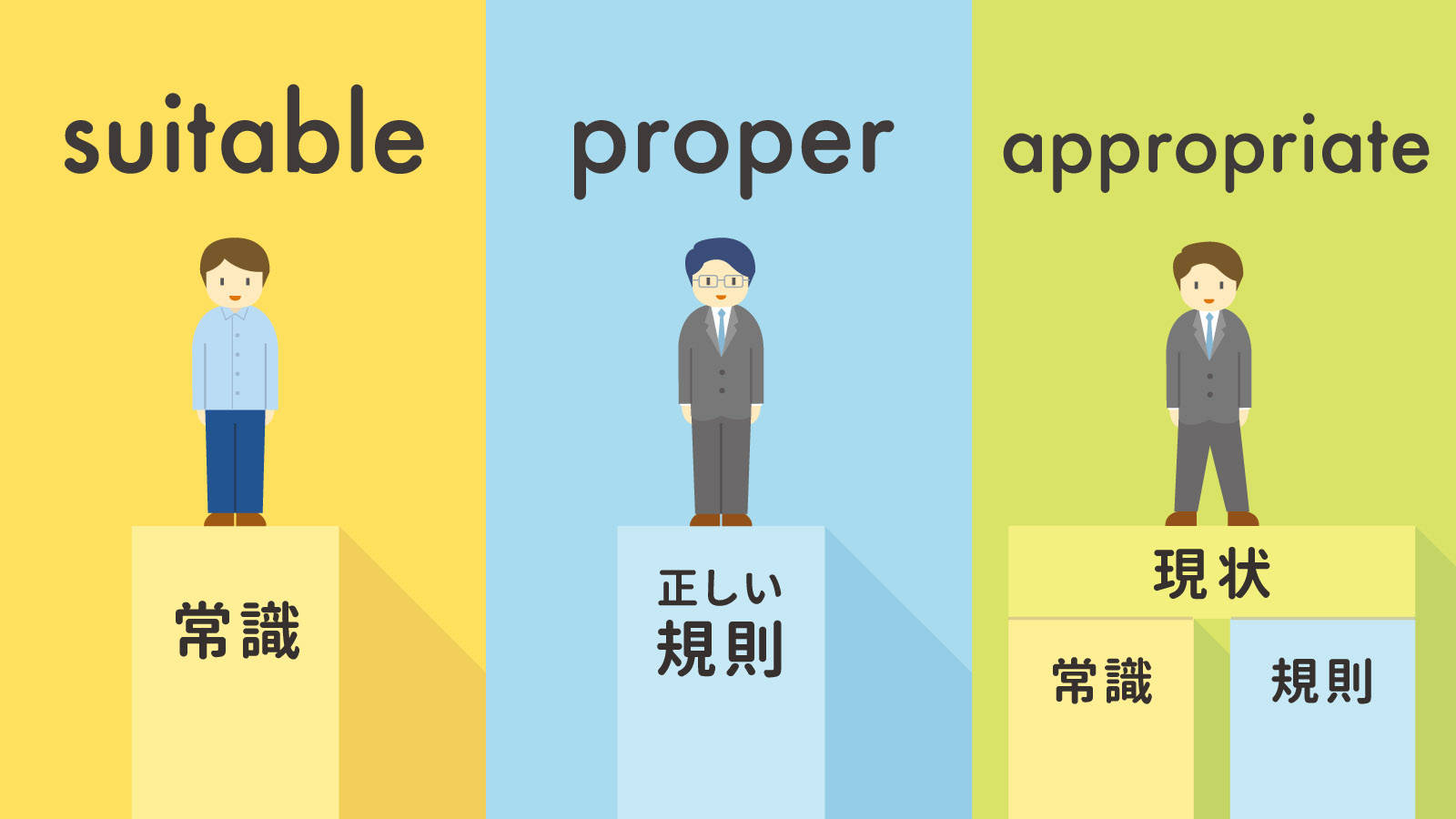The Proper Welding Used For Aluminum Telescopic Tube

Hey there, fellow gearheads and DIY enthusiasts! Ever looked at those slick, extendable poles and wondered, "How do they get those shiny tubes to stick together like magic?" Well, buckle up, buttercups, because today we're diving headfirst into the wonderfully weird world of welding aluminum telescopic tubes. It’s not as scary as it sounds, I promise!
So, what's the big deal with aluminum, anyway? It’s light. It’s strong. It doesn’t rust like your grandpa’s old bike chain. Perfect for anything that needs to extend and retract without weighing you down. Think camera booms, flagpoles, even those fancy adjustable shower curtain rods (okay, maybe not those, but you get the idea!).
But here's the catch: welding aluminum is a bit like trying to hug a greased-up otter. It’s slippery. It’s finicky. And it can get downright frustrating if you don’t know what you’re doing. That’s where the proper welding techniques come in, and trust me, they’re a hoot to learn about.
Aluminum's Moody Nature
Aluminum, bless its heart, is a bit of a drama queen. Unlike steel, which is pretty chill and forgives a lot of welding mistakes, aluminum throws a fit if you’re not careful. It oxidizes like crazy. That means a thin, invisible layer of aluminum oxide forms on its surface the instant it’s exposed to air. And this oxide stuff has a higher melting point than the aluminum itself. Talk about inconvenient!
So, when you try to weld it, that oxide layer is like a tiny, stubborn bouncer at a nightclub, refusing to let the molten aluminum party happen. You gotta blast through it, and that’s where the magic of AC TIG welding comes in.
TIG: The King of Aluminum Welding
When it comes to aluminum, especially for those delicate telescopic tubes, TIG (Tungsten Inert Gas) welding is generally the reigning champion. It’s like the artisanal cheese of welding. Precise. Clean. And it gives you a beautiful, shiny bead that looks like it belongs on a spaceship.

Why TIG? Because it’s all about control. You’ve got one hand on the foot pedal, controlling the power. The other hand is holding the torch, feeding in filler metal (if you’re using it, which you often do for tubes). It’s a dance, really. A metal-bonding, high-heat dance.
And for aluminum, we’re talking about AC (alternating current) TIG. This is the secret sauce. AC current has a cleaning action that helps break through that pesky oxide layer. It’s like the torch is giving the aluminum a vigorous scrub before it melts. Pretty neat, huh?
The Telescopic Tube Twist
Now, let's get specific about these tubes. Telescopic tubes are usually made of thinner aluminum. This means you can’t just go hog wild with the heat. Overheat it, and poof! You’ve got a hole bigger than your thumb. Not ideal for something that needs to be strong and seal well.
So, the trick is to find that sweet spot. Enough heat to melt and fuse, but not so much that it turns into a lopsided, droopy mess. This is where your amperage settings are your best friends. Think of them as the volume knob for your welding machine.

Filler Metal Follies (or Fixes)
Sometimes, you’ll need filler metal. This is like adding extra glue to hold things together. For aluminum, common filler metals are things like 4043 or 5356. They’re like the trusty sidekicks to your aluminum base metal.
Choosing the right filler metal is important. It affects the strength and ductility of your weld. It’s like picking the right ingredient for a recipe. You wouldn’t put ketchup in a chocolate cake, would you? (Although, some might argue…)
For telescopic tubes, you want a filler that flows well and creates a strong, yet slightly flexible, joint. Think of it as a high-five that doesn’t break your hand.

Quirky Welding Facts You Didn't Know You Needed
Did you know that aluminum welding fumes can be a bit… interesting? They can smell faintly sweet. Weird, right? Almost like a chemical candy. Definitely wear your respirator, though. Sweet smells don’t always mean safe smells!
Also, the tip of your tungsten electrode in AC TIG welding forms a ball. It’s supposed to! This ball helps with the AC wave balance. It’s a sign you’re doing it right. If it looks like a pointy ice cream cone, something’s up. Don’t eat it.
And get this: a perfectly done aluminum TIG weld should look like stacked dimes. Shiny. Uniform. A work of art. If yours looks like a lumpy oatmeal, don’t despair. Practice makes perfect, and sometimes, practice involves a bit of metal art that resembles… abstract porridge.
The "No Weld" Weld?
Sometimes, for really thin telescopic tubes, you might see something called "flame treating" or "braze welding." This isn’t technically welding in the molten-metal sense, but it’s a way to join aluminum pieces. It uses a flux and a lower temperature than traditional welding.

It's a bit like soldering, but for aluminum. It’s less common for structural applications but can be used in some cases where extreme strength isn't the top priority. It’s like the sensible, less flashy cousin of TIG welding.
Practice Makes Perfect (and Less Gooey Tubes)
Look, nobody gets it right the first time. You’re going to have some oopsies. You might melt a hole. You might create a weld that looks like a sad, metallic slug. It happens to the best of us.
The key is to keep at it. Grab some scrap aluminum tubes. Watch tutorials. Learn about your machine’s settings. Understand the properties of aluminum. It’s a journey, not a destination. And along the way, you’ll be creating some seriously cool stuff.
So, the next time you see a telescoping pole, give it a nod. You now know the secret handshake that holds it together. It's a little bit of science, a lot of practice, and a dash of aluminum-induced quirkiness. And that, my friends, is pretty darn fun to talk about!
